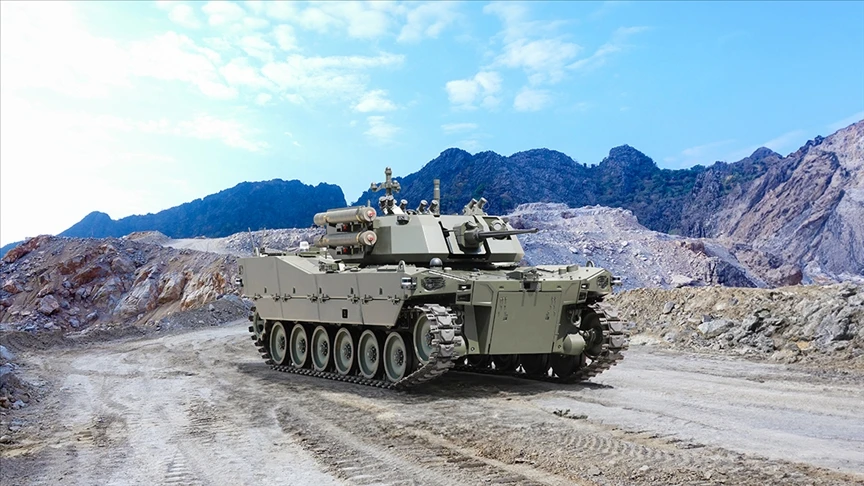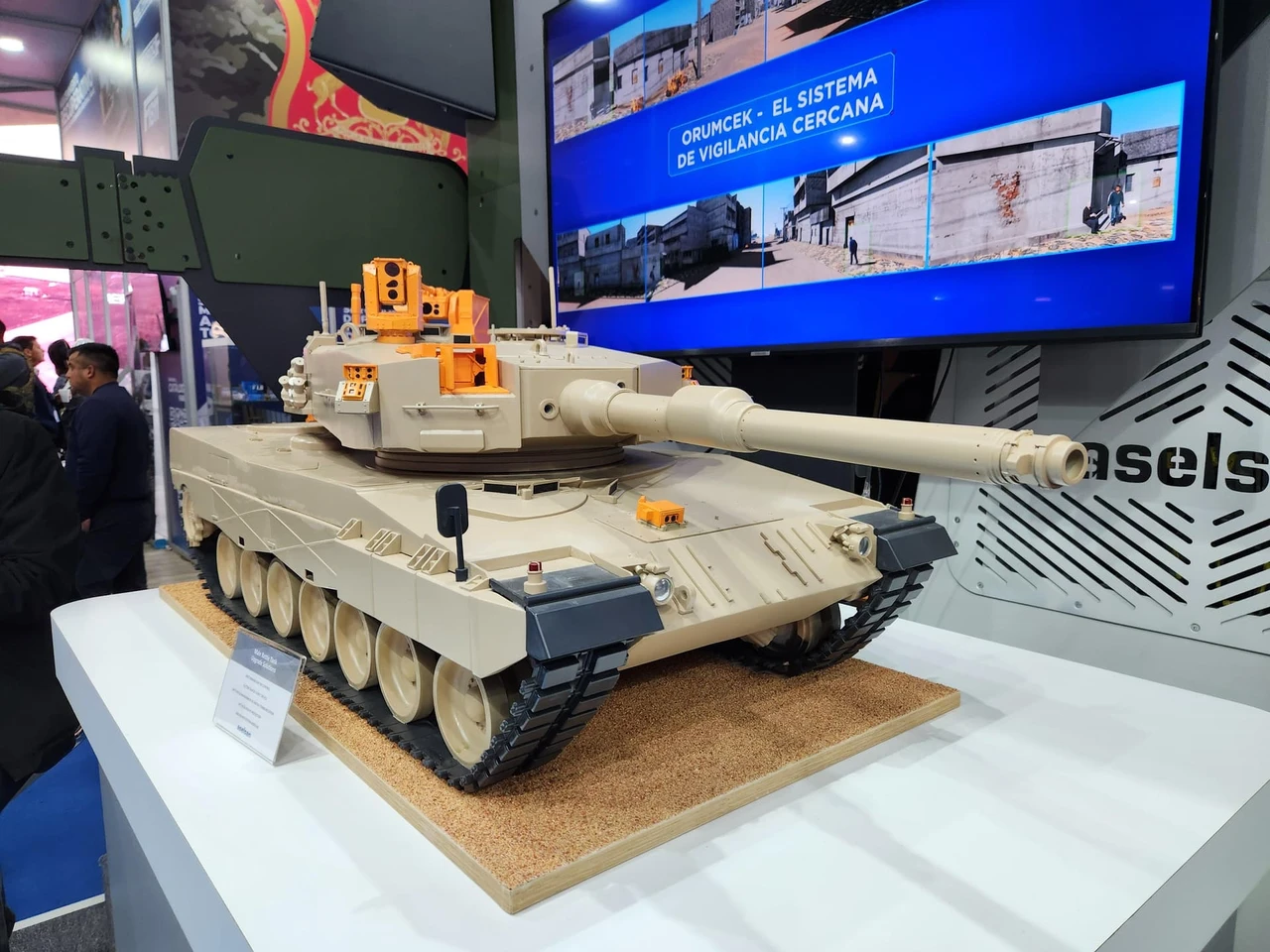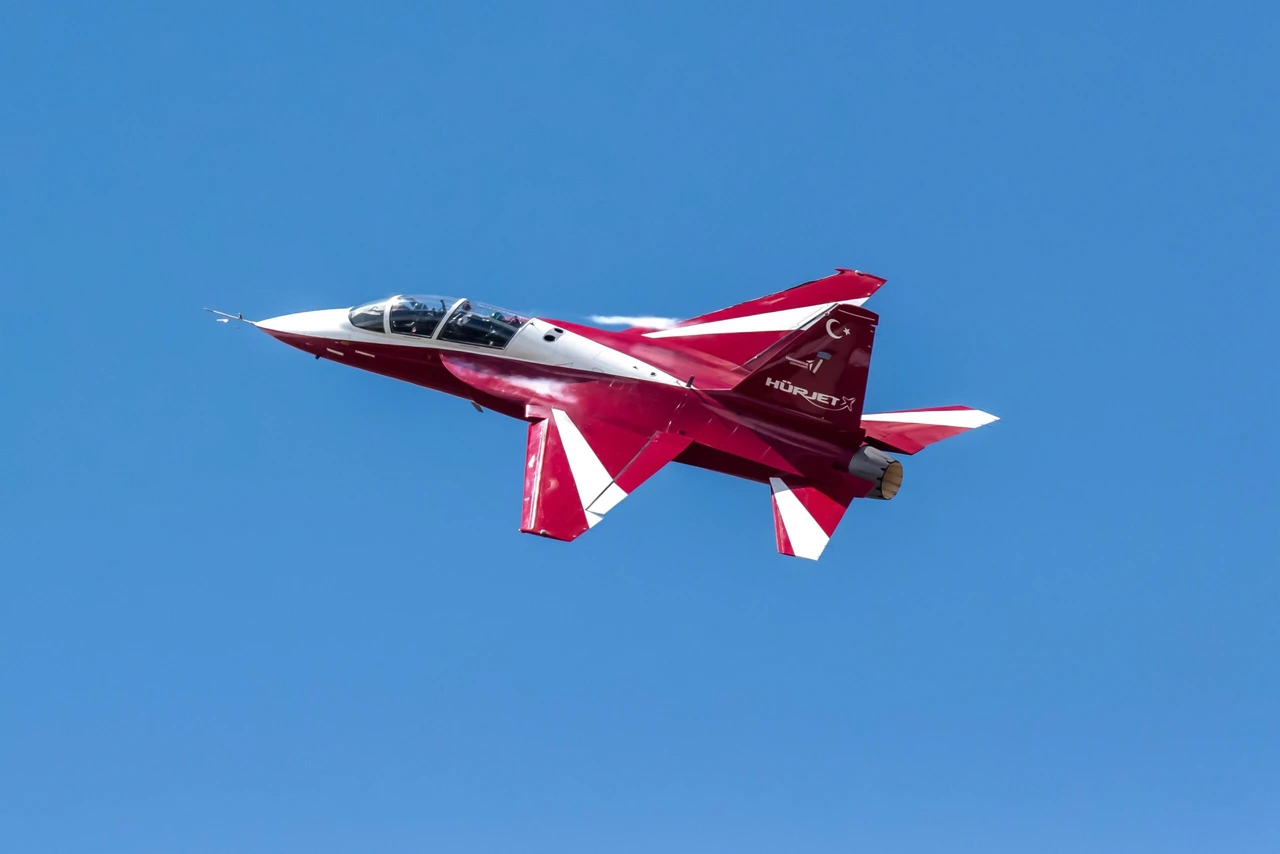Türkiye showcases its 1st heavy-class military unmanned ground vehicle at Eurosatory
 Alpar, designed with a maximum load capacity of 15 tons, runs silently with its serial hybrid electric drive system, June 16, 2024. (AA Photo)
Alpar, designed with a maximum load capacity of 15 tons, runs silently with its serial hybrid electric drive system, June 16, 2024. (AA Photo)
Türkiye’s leading military vehicle manufacturer, Otokar, will debut its first heavy-class military unmanned ground vehicle, Alpar, at Eurosatory, Europe’s premier defense industry fair beginning in Paris on Monday.
Alpar, designed with a robust serial hybrid electric drive system and capable of carrying up to 15 tons, marks its international introduction after extensive engineering and qualification tests conducted since its unveiling last year. It features autonomous patrol capabilities from point A to point B, advanced vehicle tracking, and comprehensive 2D and 3D mapping functionalities.
Mission-critical capabilities
Otokar’s ongoing development efforts focus on enhancing Alpar’s autonomy levels for future operational scenarios. The vehicle is currently undergoing rigorous mobility tests across varied terrains and road conditions to assess battery efficiency, power consumption, electric motor optimization, and overall vehicle range. These tests also emphasize user control enhancements and situational awareness through a Remote Control Unit.
While unmanned military vehicles like Alpar are pivotal in safeguarding personnel during hazardous missions, they are not anticipated to replace human decision-making on the battlefield. Instead, they excel in routine tasks such as patrols and surveillance, leveraging artificial intelligence to minimize human error.
Next-generation defense
Looking forward, advancements in unmanned systems may integrate these technologies within tank teams and other military units. Alpar’s modular electronics enable it to adapt to diverse mission requirements, including reconnaissance, surveillance, combat operations, urban surveillance, and logistical support. It operates alongside manned vehicles and infantry, offering capabilities such as obstacle detection, integration with UAVs, fire support, threat neutralization, and autonomous mission execution.
Alpar boasts 360-degree situational awareness and communicates up to five kilometers using MIMO radio technology. It navigates autonomously without GPS, utilizing local maps for tasks such as route planning, convoy operations, and friend/foe identification. Its features include advanced LIDAR mapping, obstacle detection, and electronic warfare support, underscoring its role as a versatile asset in modern military operations.



